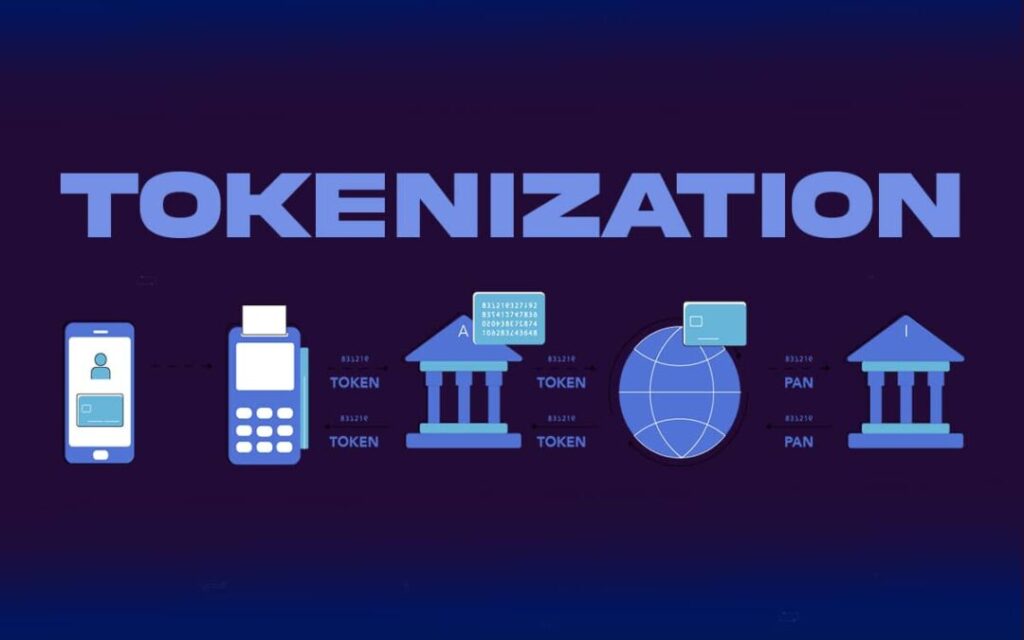Now Reading: Legal Nodes: Exploring the Intersection of Blockchain Technology and Regulatory Compliance
-
01
Legal Nodes: Exploring the Intersection of Blockchain Technology and Regulatory Compliance

Legal Nodes: Exploring the Intersection of Blockchain Technology and Regulatory Compliance
Keywords: Blockchain Technology
Introduction

Blockchain technology has emerged as a revolutionary force, transforming various industries with its decentralized and transparent nature. However, as the adoption of blockchain technology grows, so does the need for regulatory compliance. This article delves into the intricate relationship between blockchain technology and legal frameworks, exploring the challenges and opportunities presented by this intersection.
In the modern era, where information is a valuable commodity, the decentralized and tamper-resistant characteristics of blockchain have found applications in finance, supply chain, healthcare, and beyond. As blockchain technology becomes deeply ingrained in business operations, legal nodes—points of intersection between technology and regulation—take centre stage.
I. Understanding Blockchain Technology

To navigate the legal landscape surrounding blockchain, it’s crucial to first grasp the fundamentals of the technology. Blockchain operates as a decentralized and distributed ledger, recording transactions across a network of computers in a secure and transparent manner. Its cryptographic nature ensures immutability, making it resistant to fraud and tampering.
Blockchain’s transparency and security attributes make it an ideal candidate for various industries seeking to streamline processes and enhance trust. However, these very features bring forth the need for legal considerations to ensure compliance with existing regulations.
II. Regulatory Landscape: Navigating Compliance Challenges

As blockchain technology disrupts traditional business models, regulators are tasked with adapting existing frameworks or creating new ones to address emerging challenges. This section explores the global regulatory landscape, shedding light on the varying approaches taken by different jurisdictions.
The decentralized nature of blockchain poses challenges for regulators, who must strike a balance between fostering innovation and protecting consumers. Issues such as data privacy, smart contracts, and tokenization present unique regulatory hurdles that require nuanced legal solutions.
III. Data Privacy and Security

One of the key concerns in the intersection of blockchain and regulatory compliance is data privacy. Blockchain’s transparent and decentralized nature can conflict with stringent data protection laws. This section analyzes how jurisdictions around the world are addressing the intricacies of data privacy within blockchain networks.
The advent of privacy-focused blockchains and advancements in zero-knowledge-proof technologies offer potential solutions to reconcile blockchain’s transparency with the right to privacy. Understanding these developments is crucial for businesses seeking to leverage blockchain without compromising on compliance.
IV. Smart Contracts and Legal Enforceability

Smart contracts, self-executing agreements powered by blockchain, challenge traditional notions of contract law. This segment delves into the legal implications of smart contracts, exploring their enforceability and the challenges they pose to existing legal frameworks.
As smart contracts become increasingly integral to business operations, legal professionals must adapt to interpret, enforce, and sometimes challenge these contracts in court. This section provides insights into recent legal cases and precedents that shape the evolving landscape of smart contract legality.
V. Tokenization and Securities Regulations

Tokenization, the process of converting assets into digital tokens on a blockchain, has gained traction in various industries. However, the regulatory classification of these tokens as securities introduces complexities. This part examines how different jurisdictions categorize tokens and the resulting implications for businesses involved in tokenization.
Navigating securities regulations is essential for blockchain-based projects to avoid legal pitfalls. Understanding the distinctions between utility tokens and security tokens, as well as compliance with securities laws, is paramount for businesses seeking to tokenize assets.
VI. Future Trends: Regulatory Innovations and Industry Collaboration

As the blockchain ecosystem evolves, regulators and industry stakeholders are actively collaborating to create innovative solutions that balance technological advancement with legal compliance. This final section explores emerging trends in regulatory frameworks and industry practices, highlighting the evolving landscape of legal nodes.
From sandbox programs facilitating controlled experimentation to cross-industry collaborations, the future holds promise for more harmonious integration of blockchain and regulatory compliance. This section concludes by offering insights into how businesses can proactively adapt to forthcoming changes in the legal landscape.
Conclusion
In conclusion, the intersection of blockchain technology and regulatory compliance is a dynamic space that demands ongoing attention and adaptation. As blockchain continues to permeate various sectors, businesses must prioritize a proactive approach to legal considerations. By understanding the legal nodes in this complex ecosystem, organizations can harness the transformative power of blockchain while ensuring compliance with existing and evolving regulations.
Read Also: Innovations Shaping the American Future: Tech Trailblazers












